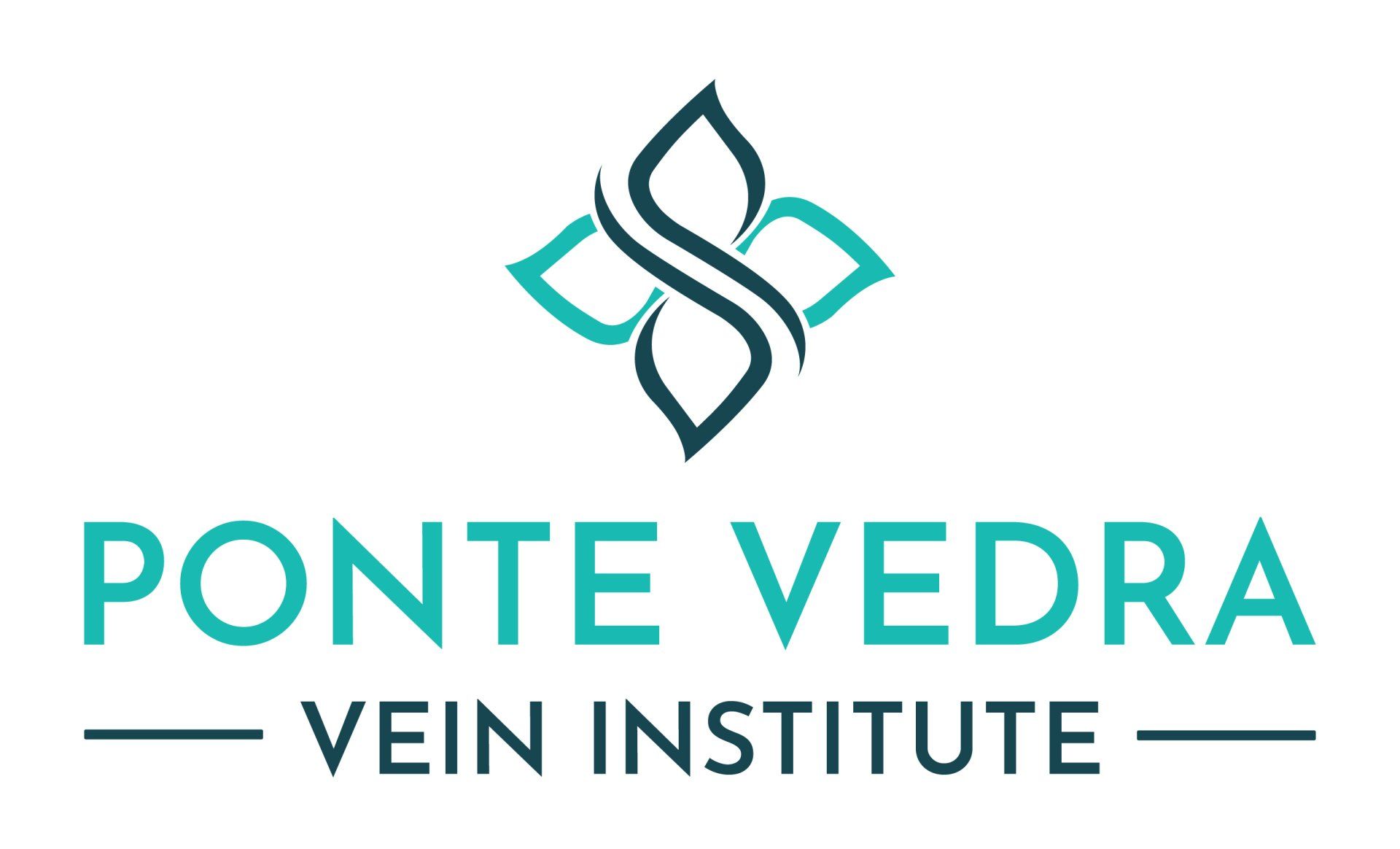Ways a Physician Can Help Manage General Vascular Diseases

Vascular diseases, also known as "blood vessel disorders," are a major public health concern. They can result in serious complications like a heart attack, stroke, or amputation. Fortunately, doctors can help care for these conditions and keep them from worsening. Read on to learn how doctors can help treat vascular diseases like aneurysms, peripheral artery disease, and cerebrovascular disease.
Diagnosis and Evaluation
Diagnostics and evaluations help the doctor determine what's wrong and the best treatment. During the diagnostic process, the doctor may use different tools and methods, like physical exams, imaging studies, and lab tests. The physician can also use their experience to narrow down the underlying cause of the disease and rule out other possibilities.
After making a diagnosis, the doctor will use the evaluation process to figure out how bad the disease is and what problems it might cause. This information will also help the doctor figure out how to treat the patient best and keep them from getting sick again.
Interventional Procedures
Interventional procedures use minimally invasive techniques to treat the underlying condition and relieve symptoms. A vascular specialist does these procedures, which are often done with the help of imaging to get to the affected blood vessels.
Interventional procedures can be used to treat peripheral artery disease, varicose veins, and carotid artery disease, among other vascular diseases. Physicians can also use them to avoid complications like strokes, amputations, and heart attacks.
Medical Management
Physicians use medicines, changes in lifestyle, and other medical interventions to treat the underlying condition and relieve symptoms. This method aims to control the disease, slow its progression, and prevent complications.
During medical management, a doctor will work with the patient to make a personalized treatment plan that considers their overall health, medical history, and the type and severity of their vascular disease. This plan may include medications to lower blood pressure, cholesterol, and blood clots, as well as changes to diet and exercise to improve blood flow and lower the risk of complications.
Medical management can also include checking on the patient's condition to see if there have been any changes or if the disease is progressing. The doctor will also change the treatment plan as needed to ensure the patient gets the best care possible.
Follow-Up Care
Follow-up care lets doctors check on the patient's health and progress and make any necessary changes to the treatment plan. This can help ensure that the patient is getting the best possible care and that the disease is not worsening.
Follow-up care often includes regular check-ups where the doctor looks at the patient, takes vital signs, and looks at lab test results or imaging studies. The doctor will also look at how the patient is feeling and make any necessary changes to the treatment plan.
It can also include checking for problems and side effects of treatment, such as bleeding, infection, or allergic reactions. If complications arise, the physician will work with the patient to address concerns as soon as possible.
Physicians can use follow-up care for patients with chronic vascular diseases because it can help prevent serious complications and improve the patient's quality of life. The doctor will also teach the patient how to manage their condition, how to recognize warning signs, and when to seek medical help.
If you or a loved one suffers from vascular disease, don't wait to seek help. Ponte Vedra Vein Institute offers expert diagnosis and treatment for all vascular conditions. Our team of doctors and specialists has a lot of experience and is dedicated to helping you deal with your condition and improve your quality of life.
Our state-of-the-art treatments and facility will give you the care you need to deal with your condition and stop it from worsening. Call us immediately to set up your consultation and take the first step toward better health.











